Just to be clear, the story about the couch does not appear to be true: https://www.snopes.com/fact-check/jd-vance-couch-cushions/
TL;DR Far-right on the rise more or less everywhere based on the estimates, green parties on the decline. Let's just hope it will not get too dire consequences in the five years to come.
Cool! I had never heard about this theory for explaining color blindness.
I like how the guy on the left just keeps smiling when he sees the taller ants and the tin of glue, knowing that in the end, his bread will guarantee him victory.
view more: next ›
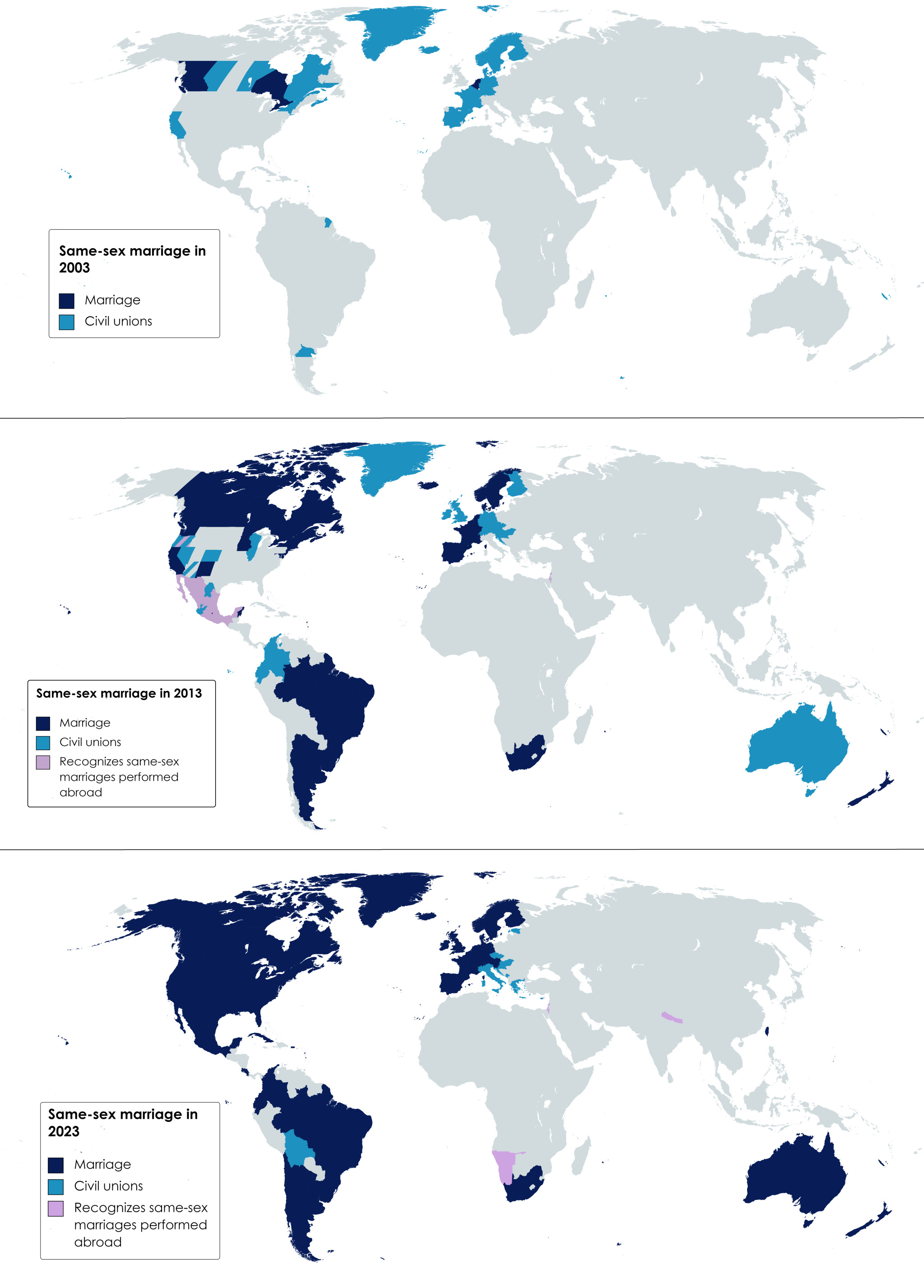
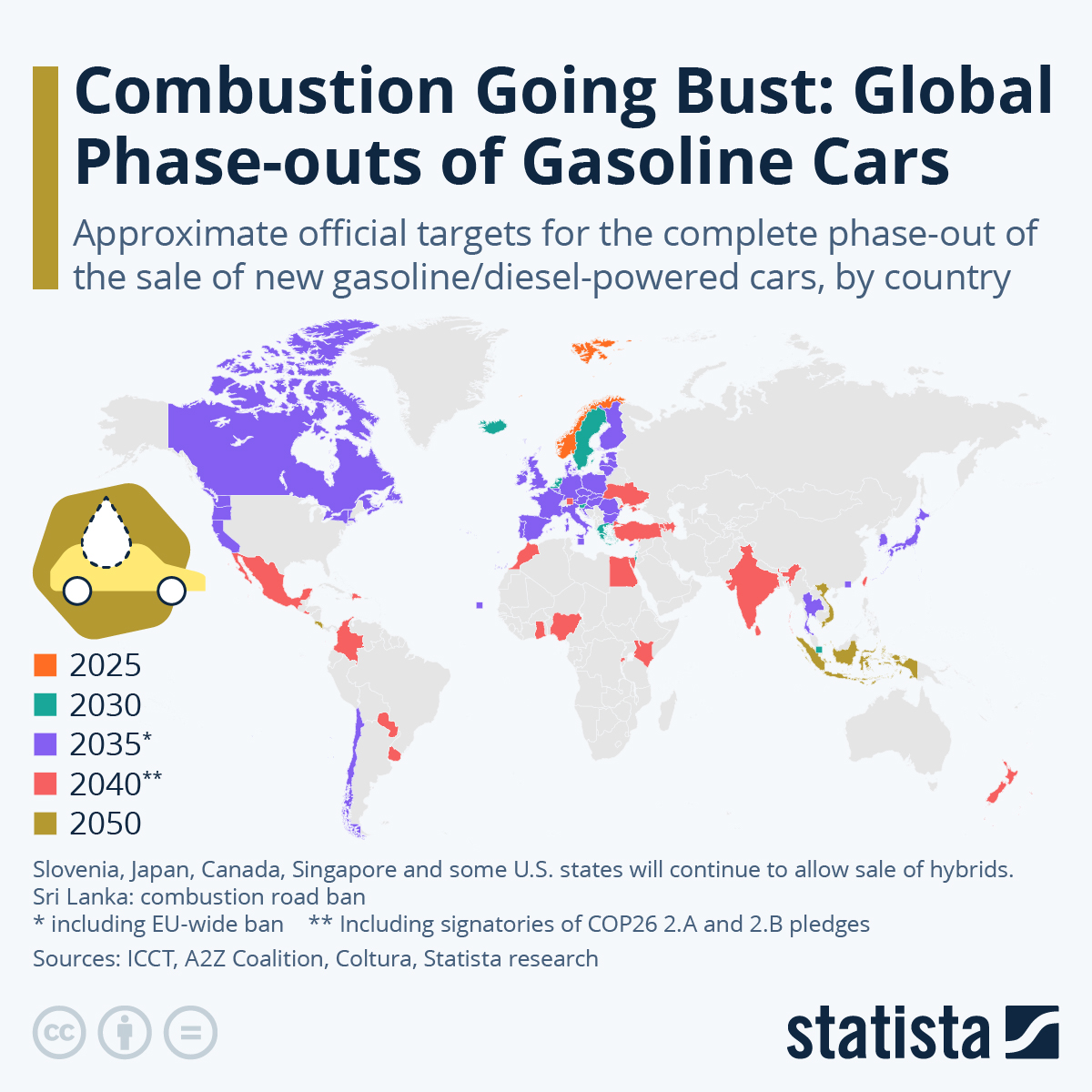
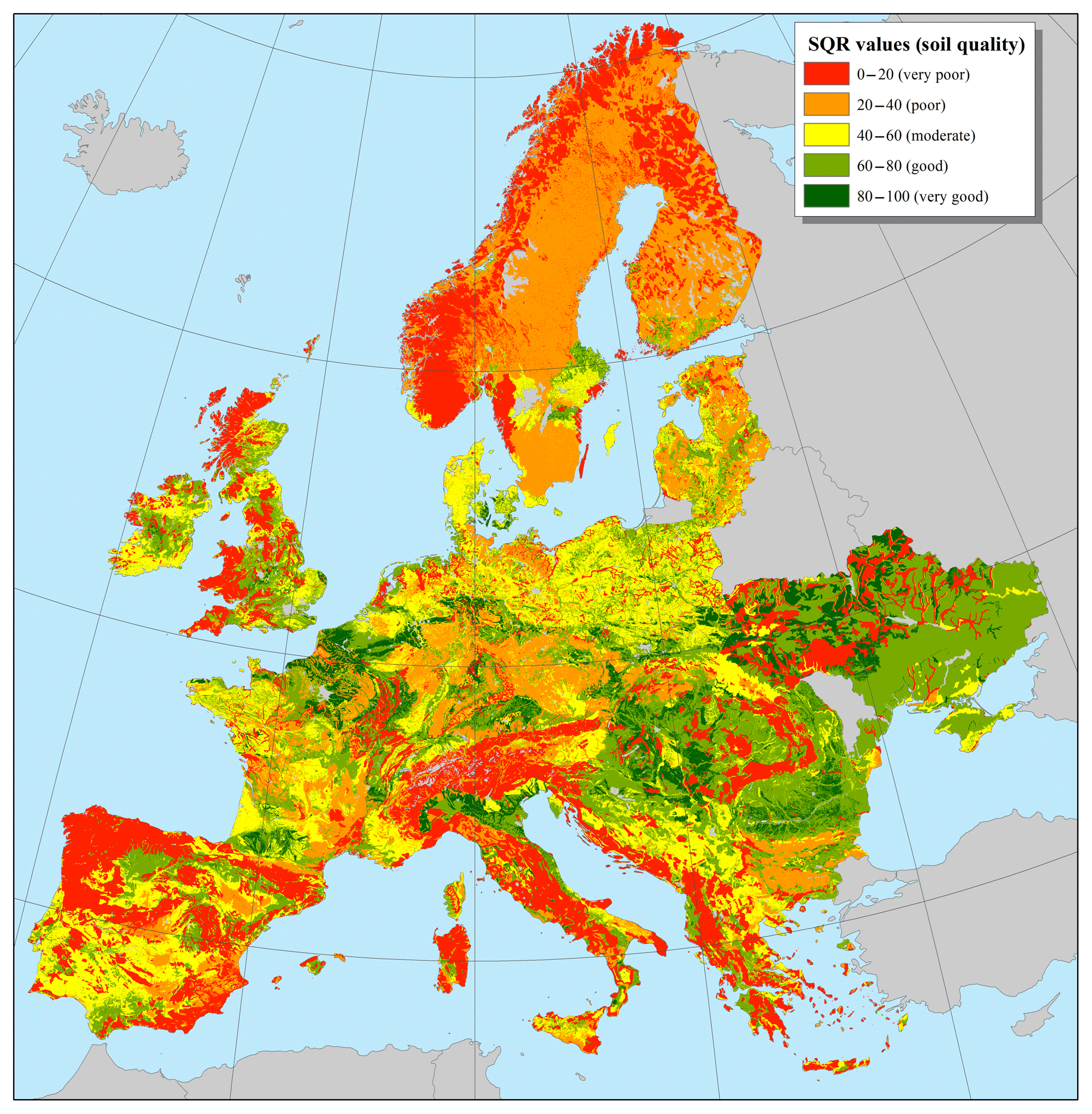
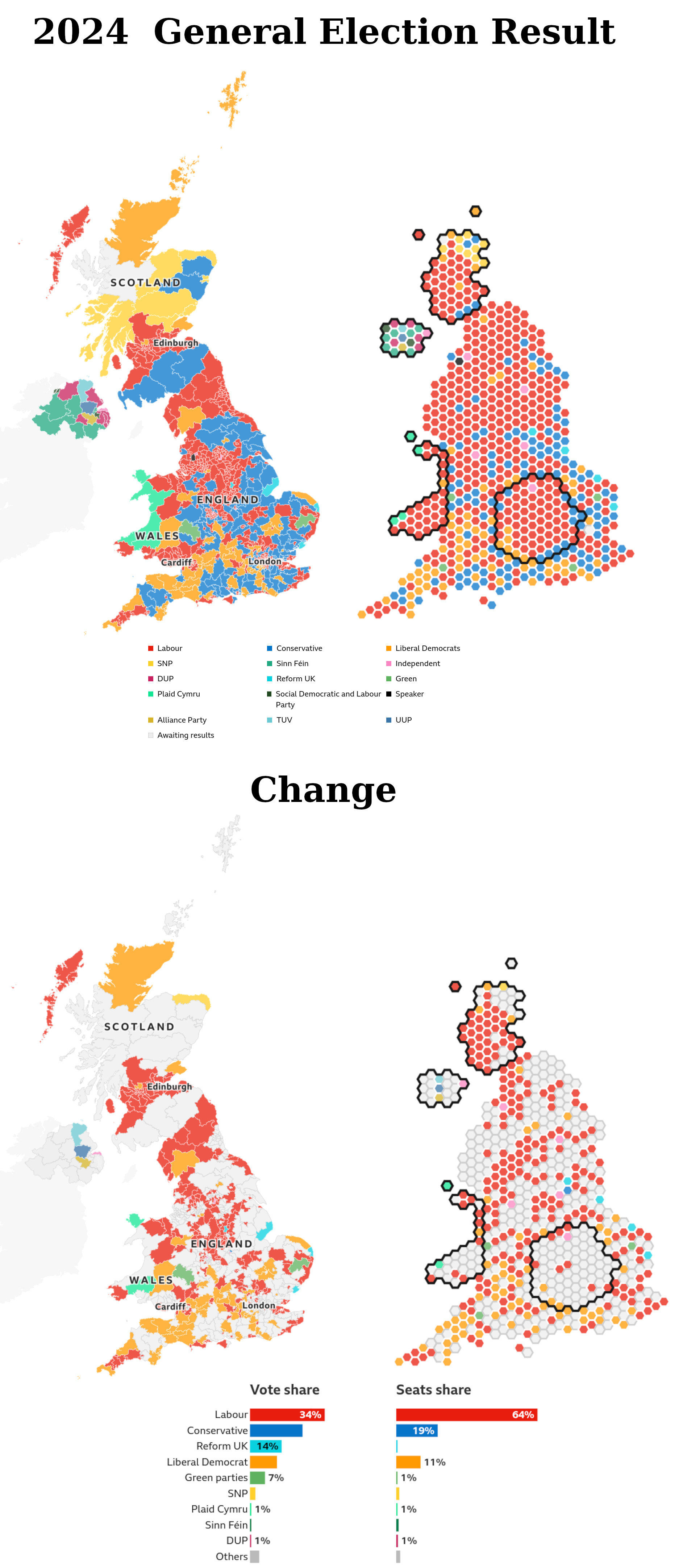
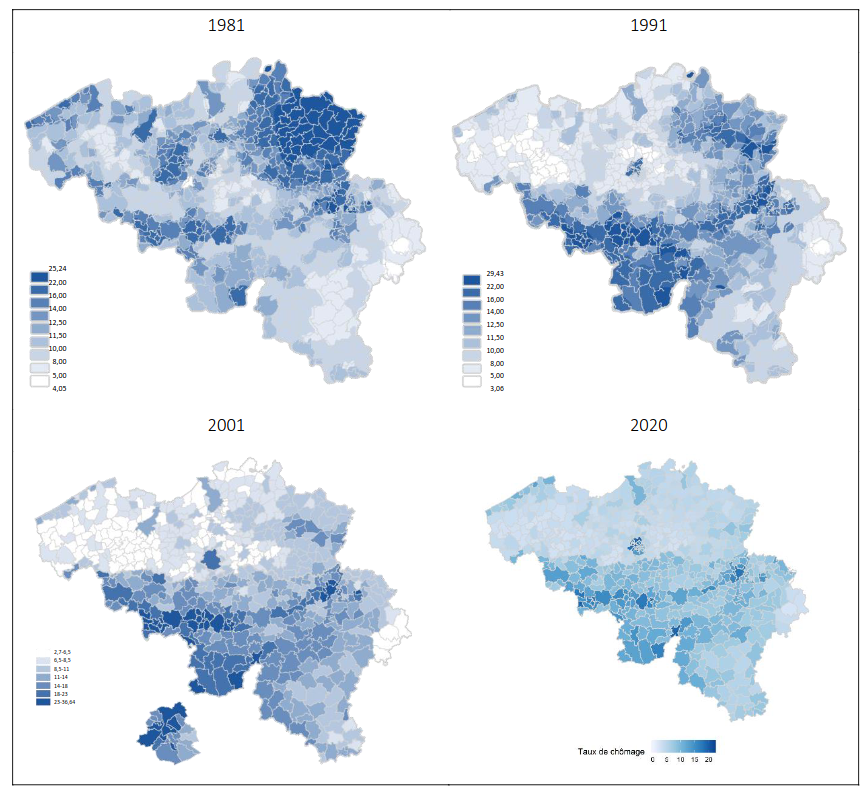
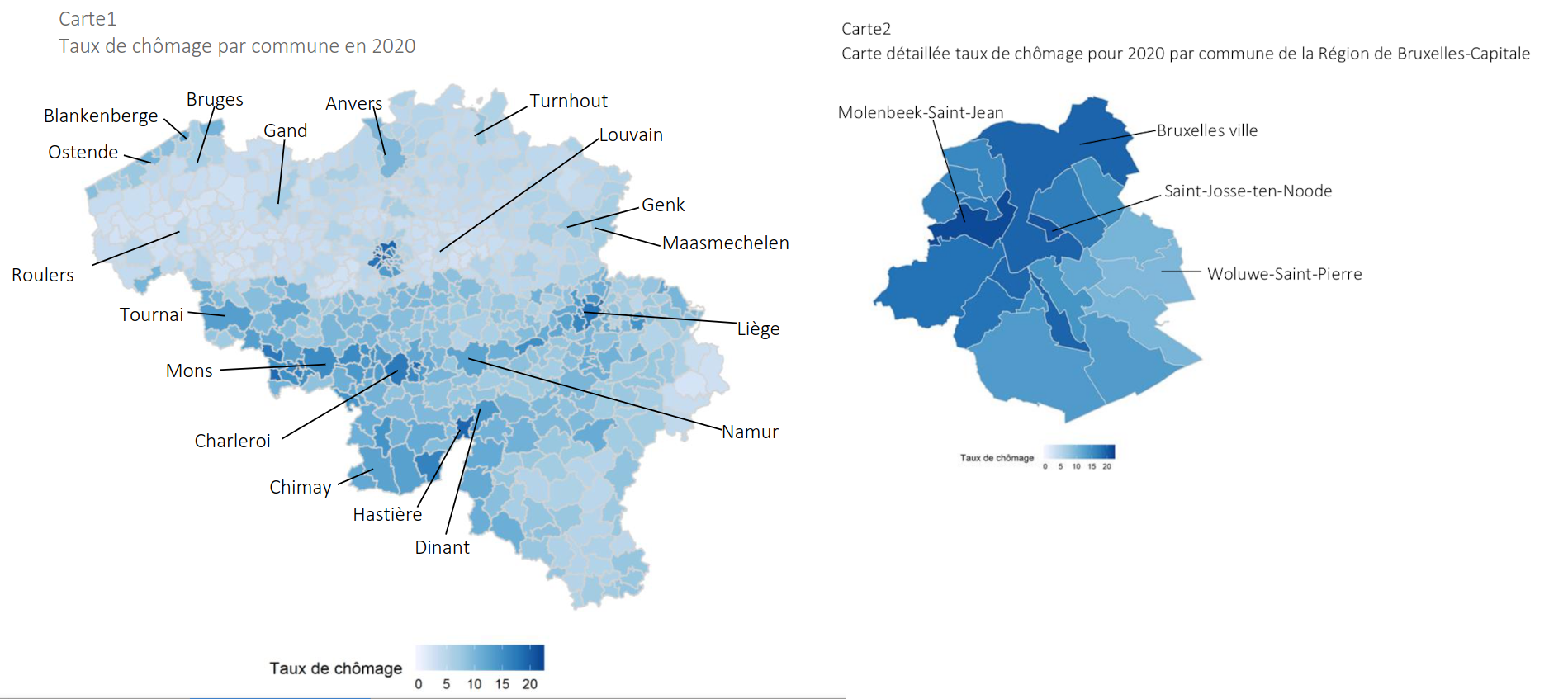
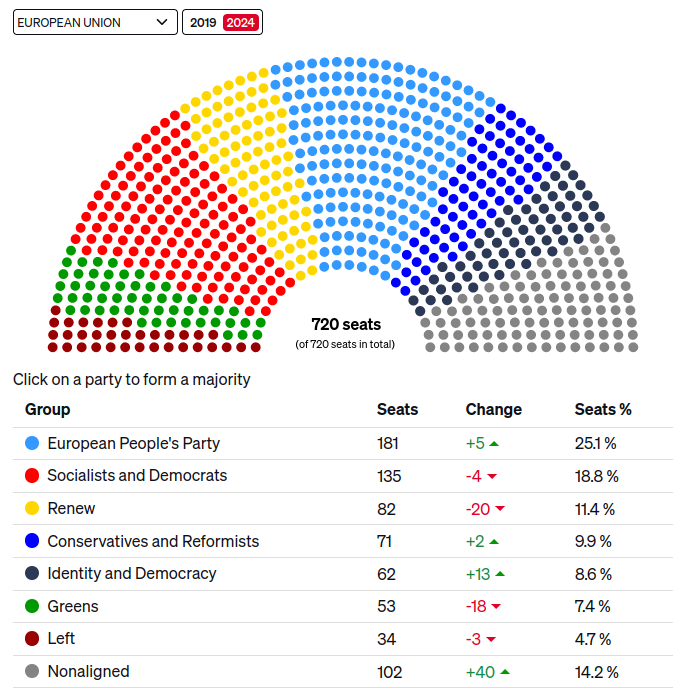
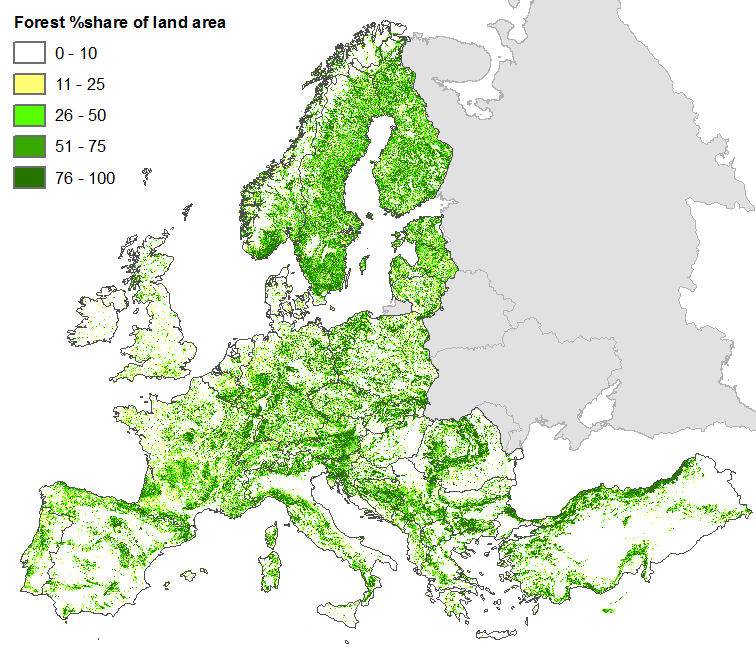
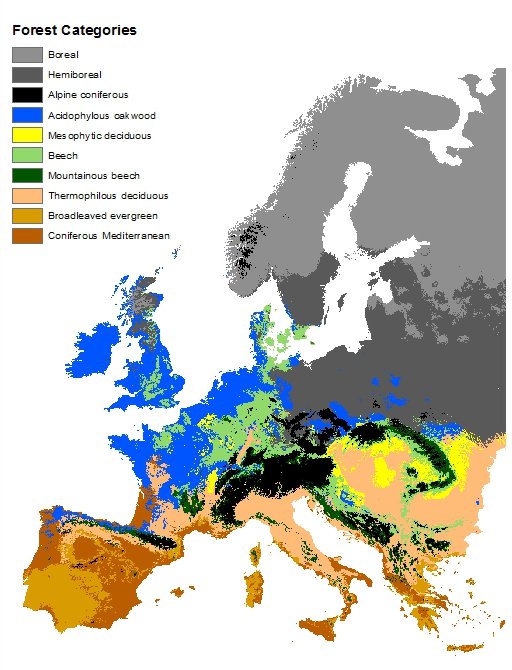


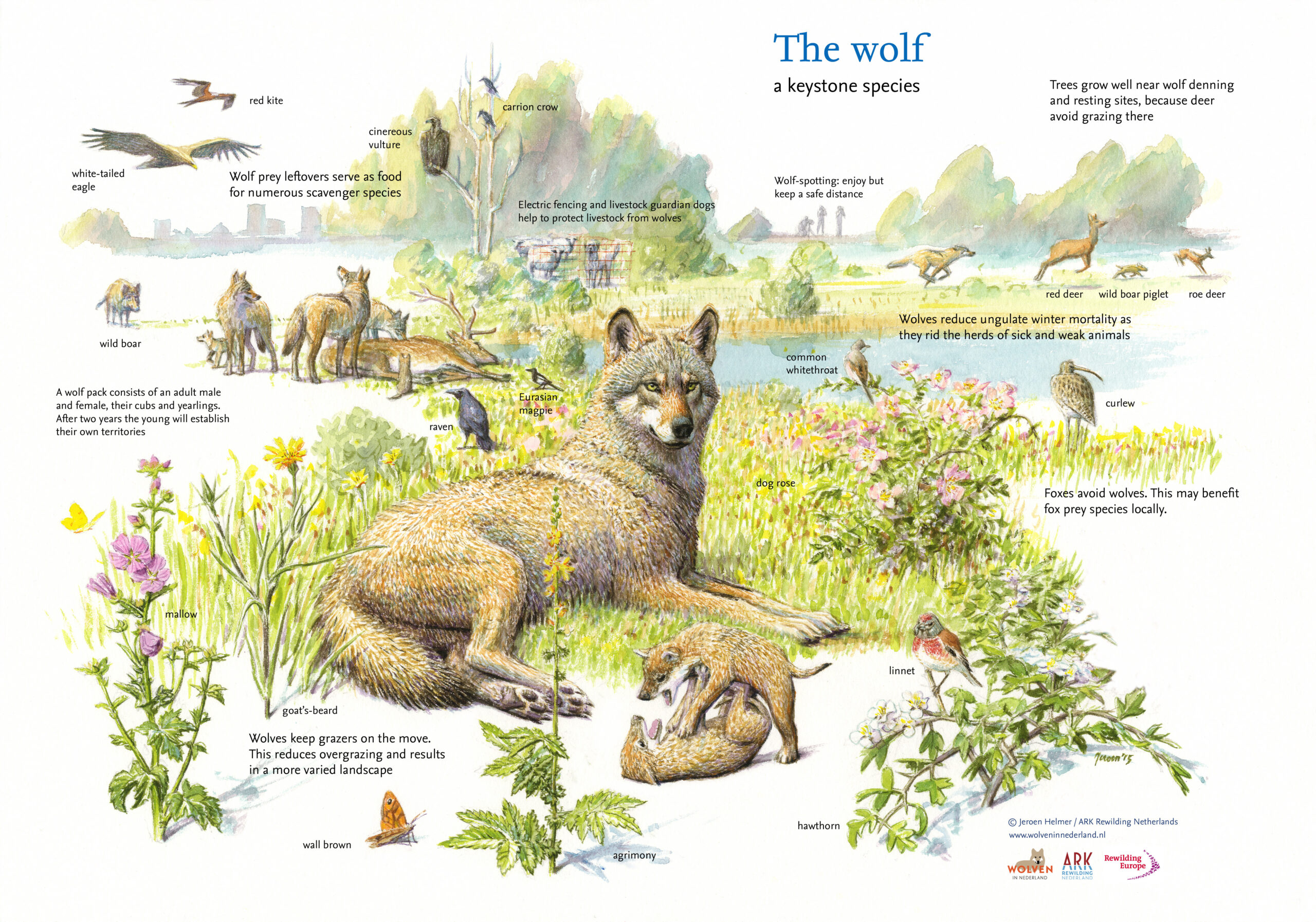

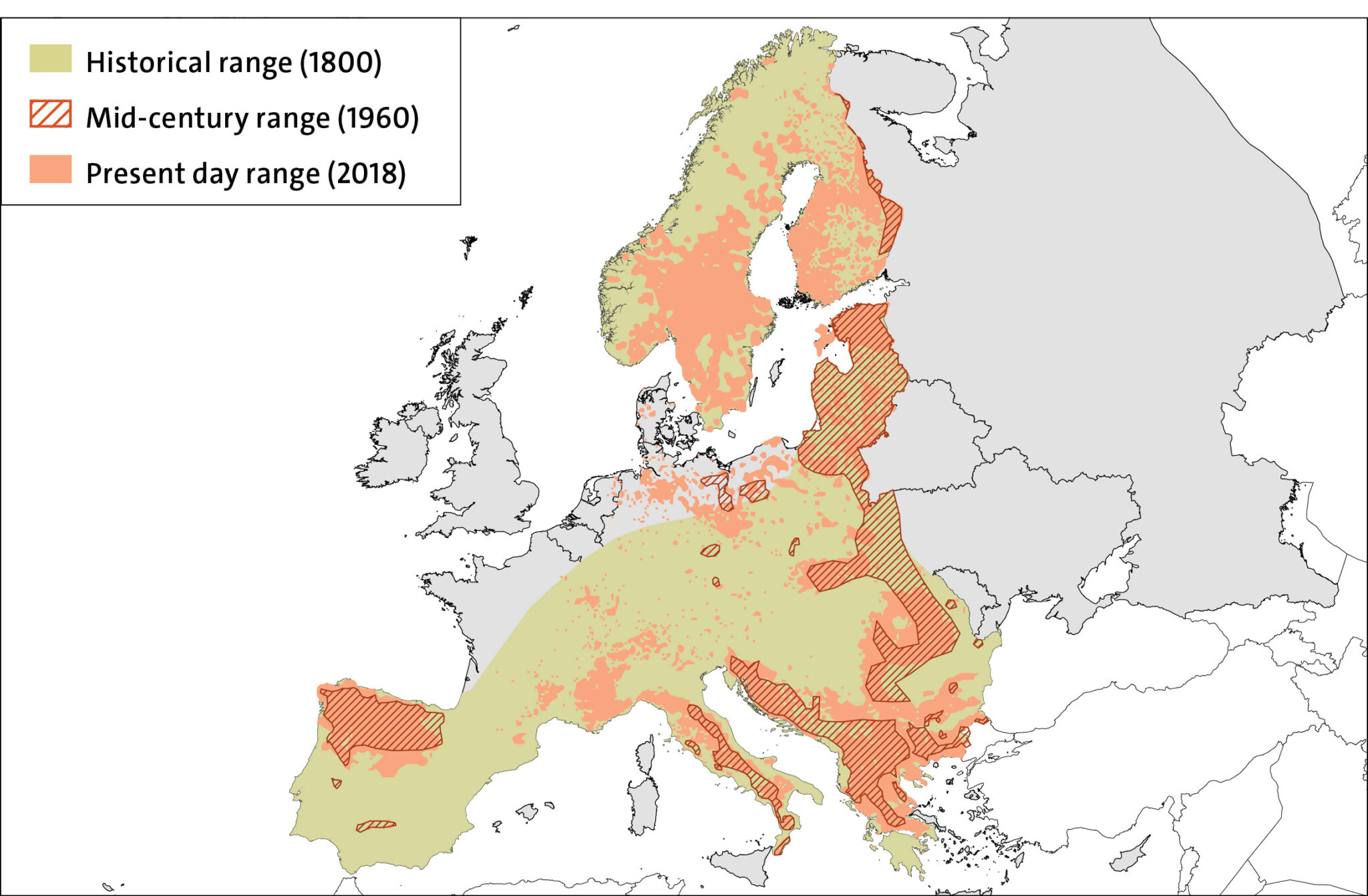
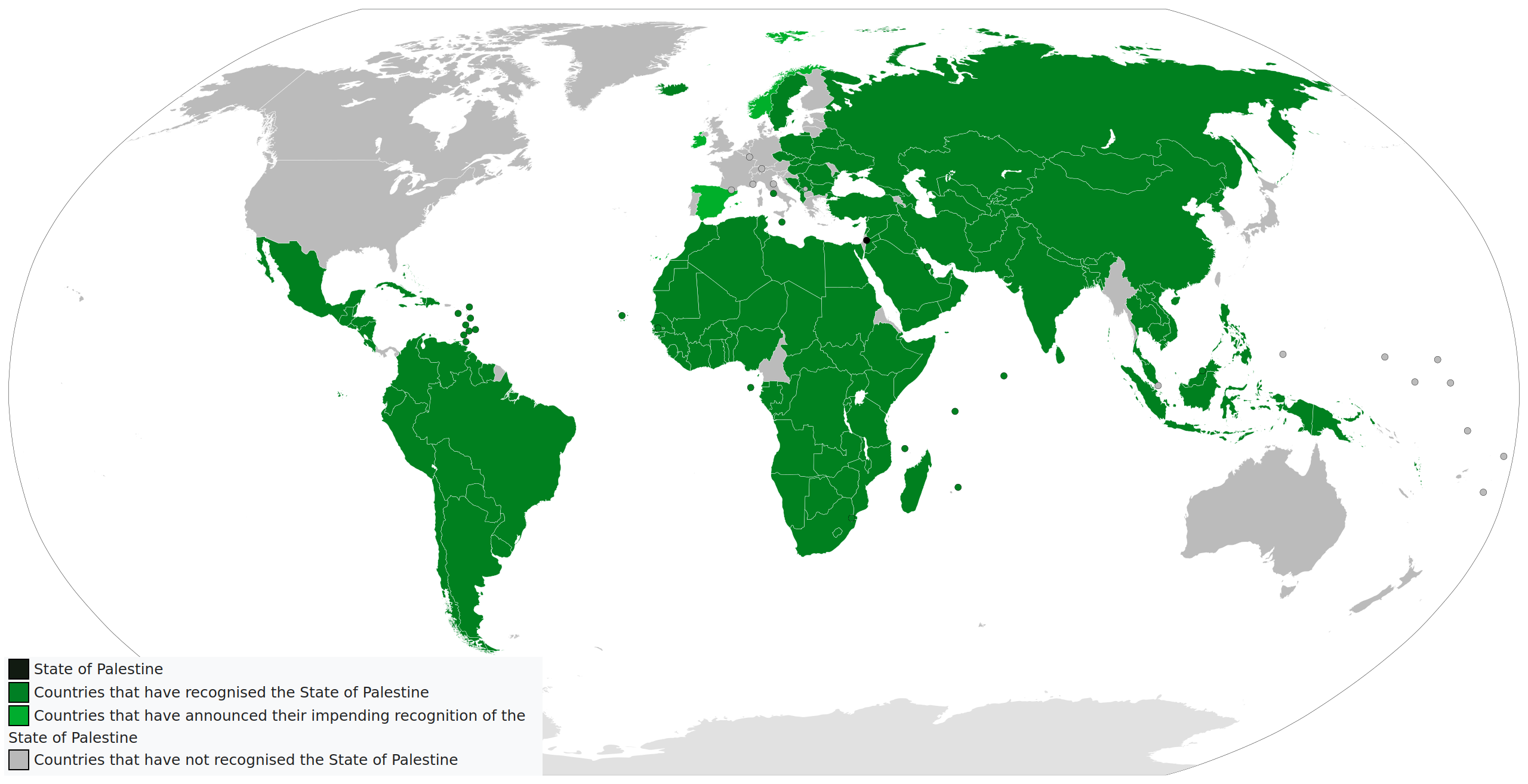
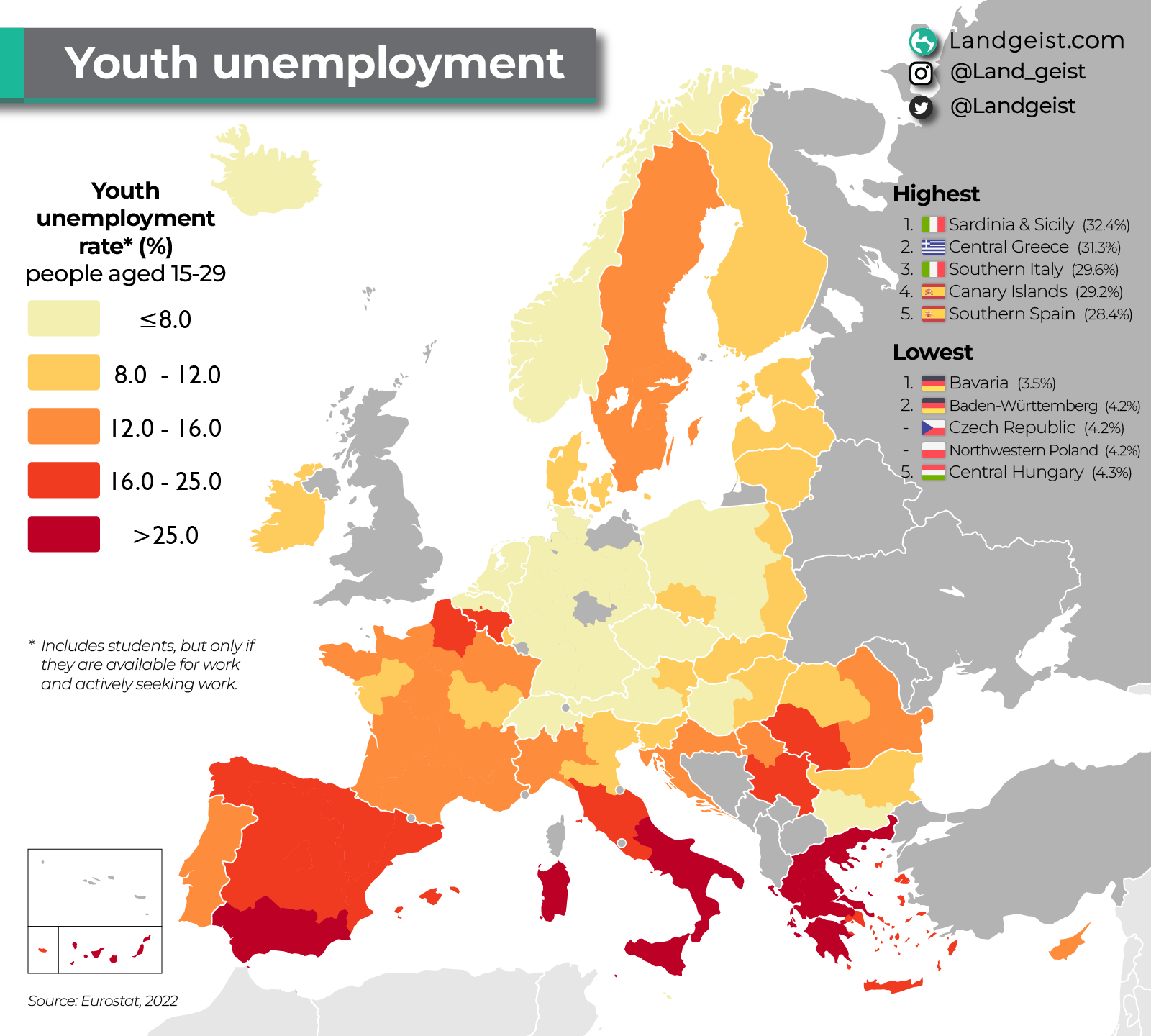
The figure 80% needs to be nuanced a bit. The reason for such a drastic decrease is that there is a lot of forest land in Sweden. In 1990, the emissions were 71,6 Mt CO2eq, while the absorption was 51,39 Mt CO2eq. In 2023, the emissions were 44,22 Mt CO2eq and the absorption 41,22 Mt CO2eq. The net emissions did indeed decrease >80%, but that was because forests made them low in the first place. If we look the emissions only, they only decreased 40%, which is still a good achievement, especially since the population has grown, but far from 80%. Source, Swedish Environmental Protection Agency
So to a large extent the amazing figure is due to geographic luck. It's not very easy for other countries to copy this solution unless they also are lucky enough to have lots of forests.
It might also be worth noting that if you look at Sweden's consumption based-emissions instead, they are about twice as high as the emissions withing Swedish borders. Ourworldindata publishes consumption-based emissions for all countries, and by that measure Swedish emissions are low by European standards, but many countries have lower emissions and Sweden is by no means an outlier. (Note, numbers don't agree with those from Swedish Environmental Protection Agency, probably due to different methodology.)